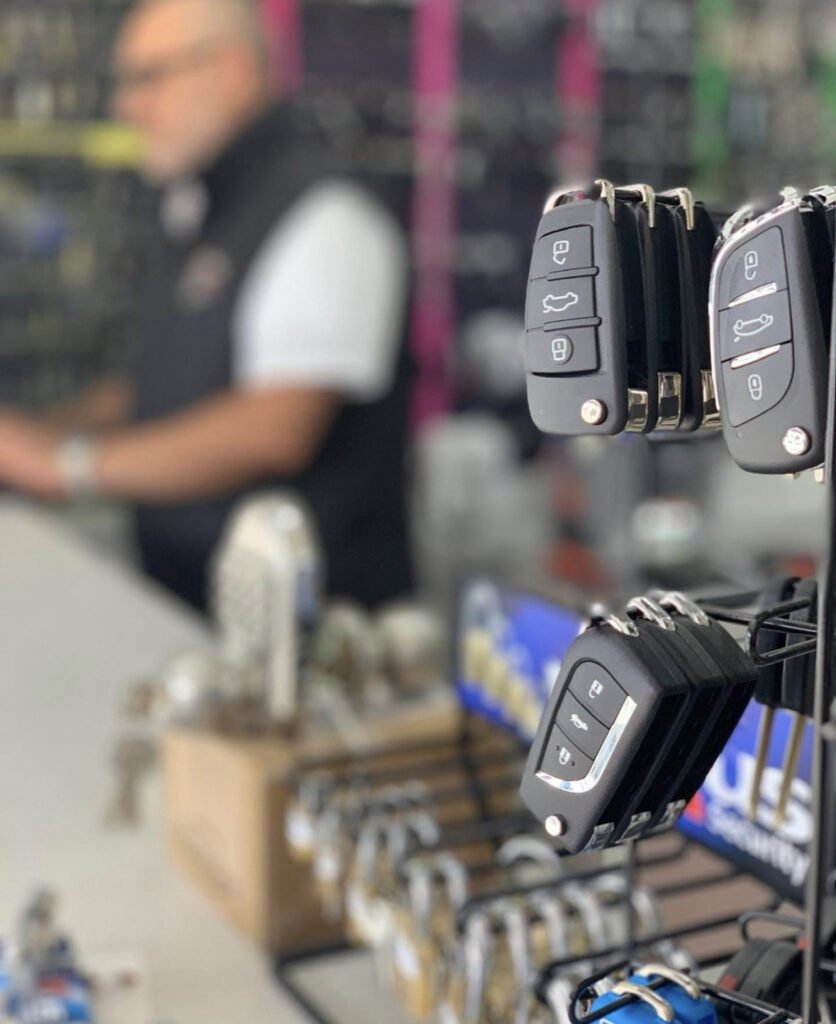Automotive Diagnostics
There are many types of diagnostic tools that can be used for automotive use. They include back-pin probing as well as pattern recognition algorithms. These diagnostic tools will help you communicate with remote assistance systems in addition to identifying component problems. These tools are essential to making sure that your vehicle is safe on the road.
Warning system to alert you to a component that is failing.
Modern vehicles have various electronic and internal systems that check how the vehicle is performing. These systems can be triggered by a malfunction. A warning signal will be sent to the driver if something in the vehicle isn't functioning properly. Some warning lights may indicate a minor problem, like a leaky gas cap, whereas others could indicate the existence of a bigger issue.
A system that detects malfunctions can keep information that can be used to help a technician diagnose the problem and then fix it. If it can detect a fault at an early time, the repair technician can fix the issue quickly and easily. A vehicle owner can increase its security and lower maintenance costs by following these suggestions.
Modern vehicles are equipped with a computer diagnostics system that continuously monitors all major functions and systems. It also monitors the efficiency of fuel and harmful emissions. A warning light will appear on the dashboard when an element is damaged. This system, known as OBD is used on personal vehicles, trucks and commercial vehicles. It's now a common industry practice , and aids in diagnosing problems.
These warnings come in the form of Diagnostic Trouble Codes or DTCs, which are the result of a diagnostic process that determines the cause of the issue. Diagnostics involve an exhaustive search for service information, pin-point testing of the vehicle, and then examining the affected areas. To properly diagnose the problem with your vehicle, it is important to know the meaning behind these codes.
Communication between a vehicle and a remote assistance facility
Remote assistance devices will only work with your vehicle if there is a way of communicating with it. Vehicle-to-vehicle (V2V) communication is a technique used to connect with other vehicles and exchange information wirelessly. This technology permits the transmission of omni-directional messages up to 10 times per second. It helps vehicles keep the full view of their surroundings. It also collects data from vehicles around it to warn drivers of imminent accidents. These systems also can use audible and tactile warnings to help drivers avoid accidents.
Back-pin testing
Back-pin probing is a technique used in automotive diagnostics employs a sharp point to contact automotive connectors. These probes are used on all vehicle models and are typically inexpensive. These probes are helpful in measuring live circuits without damaging connectors. This method removes the need to cut the wire insulation.
Many technicians prefer using back-probing for automotive diagnostics. It is more convenient than piercing wire insulation. These tools are easy to insert into automotive connectors with a variety of tips. diagnostic services of the back-probes that are made for speciality have a small diameter which reduces the force that is applied to the connector.
Certain automotive diagnostic kits include several connectors and probes including banana plugs, alligator clips and pointed probe tips. Certain kits come with a variety of test kits. These kits allow you to quickly and easily check for any issues that could be present in your vehicle's electrical system.
Back-pin probing is one of the most effective methods to test automotive connectors. It lets you quickly connect or disconnect the test leads. This diagnostic method is cost-effective. This method can help you save time, money as well as labor.
On-board diagnostics
On-board diagnostics in automotive systems can provide drivers with important details about the condition of their vehicle. It can also notify them to the need for maintenance or repair. This technology could improve fuel efficiency and reliability. It also can inspire car manufacturers to design better engines and improve car safety. These systems can also save time and money by allowing drivers to view how their car is operating without having to spend time at the mechanic's shop.
Before the advent of on-board diagnostics that were standard, manufacturers needed to create their own systems. The original versions of the system relied on their own connectors, electronic interfaces, and customized codes to identify problems. The first systems were introduced between 1968 and 1978 by Volkswagen and Datsun. The Society of Automotive Engineers (SAE) eventually demanded that all cars have the technology. In addition, in 1994, California's law required that all vehicles have onboard diagnostics.

The on-board diagnostics systems are so sophisticated that they run on the same computing power as a desktop computer. They are compatible with many mid-speed networks and are capable of handling massive amounts of data. Additionally, the majority of on-board diagnostics systems are equipped with a vehicle speed sensor that can detect roads that are rough. The sensors are integrated into the vehicle's engine control unit or ECU.
OBD systems can detect problems in the engine of a car and activate a warning light within the instrument cluster. After identifying the issue it will OBD system will store a diagnostic trouble-code. A mechanic can then connect a scanner to the OBD connector beneath the dashboard to detect the trouble code. While reading a trouble code is helpful, it doesn't necessarily mean that a mechanic knows what's wrong with the car.
